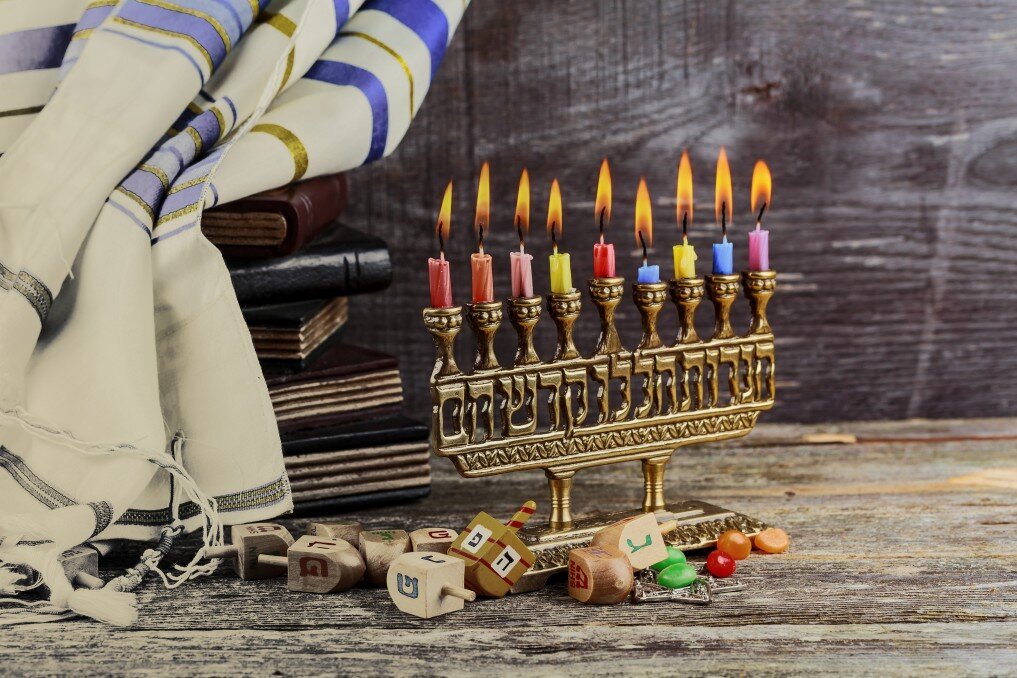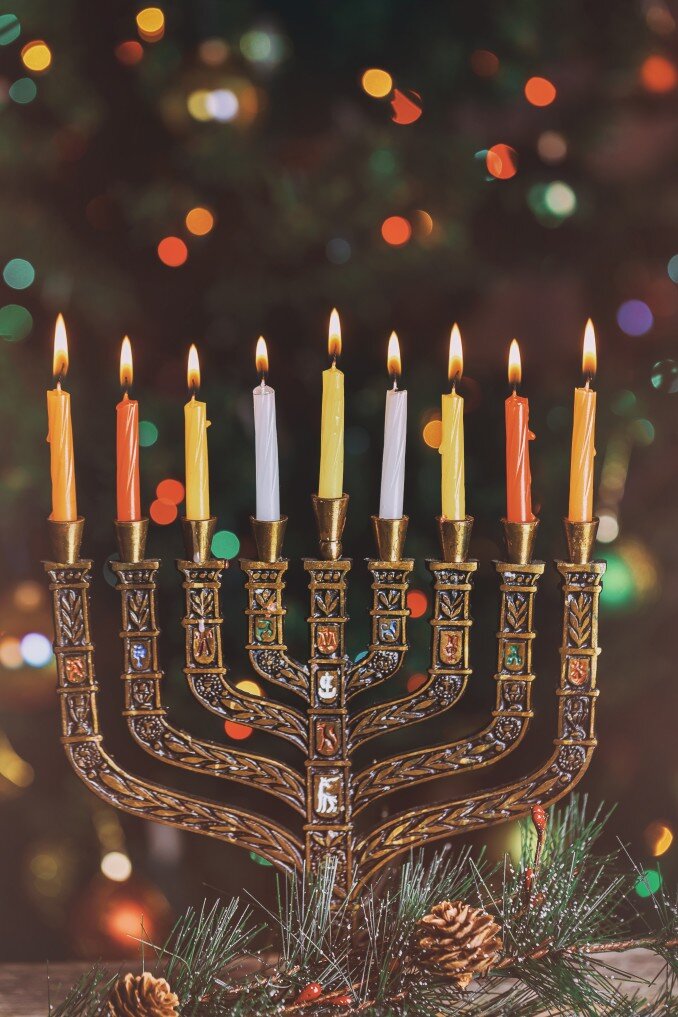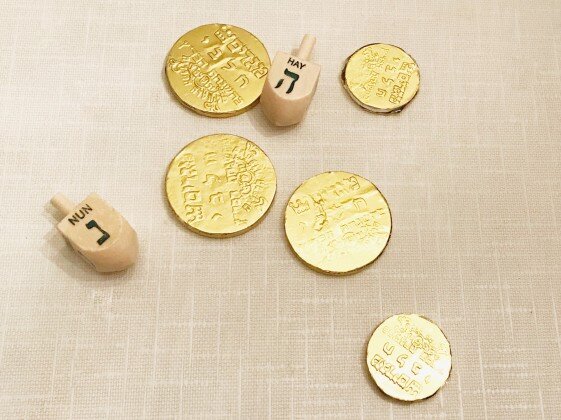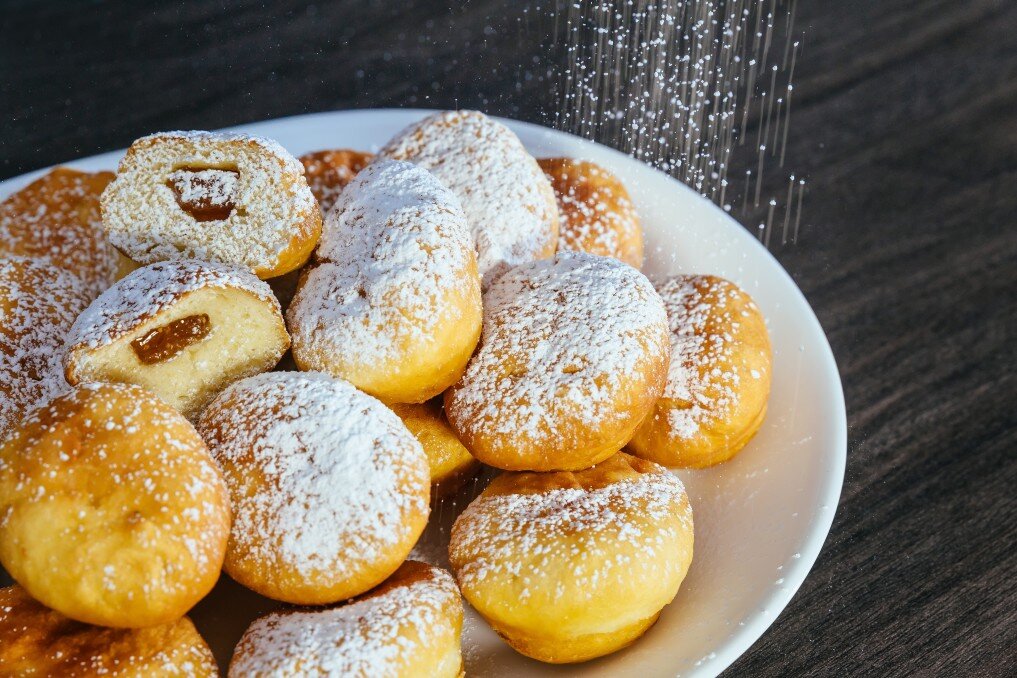An Introductory Guide to Hanukkah
What is Hanukkah? An Introduction.
Expand your horizons this year and get to know how other cultures celebrate the holiday season.
The story of Hanukkah begins in 168 B.C.E., when Greco-Syrian, Emperor Antiochus, took control of Israel. In his takeover, Emperor Antiochus destroyed the Temple of Jerusalem, and Jews were forced to eat pork to pledge their allegiance to him. In the village of Modi’in, an old priest, Mattathias, and his five sons (known as the Maccabees), enraged by Antiochus’ actions, fought back. They succeeded in their revolt and liberating Jerusalem, and in celebration, they cleansed the Temple. In order to rededicate the Temple, the Temple’s Menorah would need to be lit with holy oil, but there was only enough sacramental oil for one night. Miraculously, the oil burned for a full eight days!
@photovs via Twenty20
Below lies an introduction to the many traditions built around Hanukkah. From the evening of December 10th to December 18th, here are some of the practices happening in Jewish households for the holiday season.
The Candle-Lighting
The Hanukkah celebration revolves around the nine-branched menorah. The ninth candle, placed at the center, called the shamash (“the helper”), helps light the eight candles. Blessings are typically recited during candle-lighting.
@photovs via Twenty20
Dreidel Game
This traditional Hanukkah game is played with, you know it, the dreidel. The dreidel is a four-sided top inscribed with four different Hebrew letters on each side. The four letters: nun, gimmel, heh, and shin, stand for the Hebrew phrase, Neis gadol haya sham, which translates into: “A great miracle happened there.”
To play the dreidel game, each player receives 10-15 chocolate coins or gelt (which means “money” in Yiddish). Each player must place one coin in the center pot to start the round; then, the first player spins the dreidel. If the dreidel falls on nun, the player gets nothing. If the dreidel falls on gimmel, the player wins the entire pot of gelt. If the dreidel falls on heh, the player wins half the pot. Lastly, if the dreidel falls shin, the player must throw another coin in the pot.
@Hayley_Alexander via Twenty20
Food & Delicacies
The two most popular delicacies made and consumed during Hanukkah are latkes and sufganiyot. In the spirit of Hanukkah, both of these foods are fried in oil. Latkes are potato pancakes that originate from Ashkenazi Jewish (a Jewish diaspora population from Eastern Europe) cuisine. They can be prepared with grated, pureed, or mashed potatoes. For those of you with Jewish loved ones, here is a recipe for latkes that will knock their socks off:
Sufganiyot is a round jelly doughnut commonly eaten in Israel. The sufganiyot originated from Polish Jews in Europe in the 1500s. The doughnut is deep-fried in oil and filled with jam or custard. For those of you up for the challenge, here is a recipe for the popular Hanukkah dessert:
@photovs via Twenty20
Gift-Giving
While gifts are not a central part of the Hanukkah celebrations, keeping up with modern time, gift-giving has been incorporated into the eight-day festivities. Gifts serve both the traditional act of giving and the joyous act of receiving.
Source credits
MJL. “The Most Important Hanukkah Traditions.” My Jewish Learning, www.myjewishlearning.com/article/the-most-important-hanukkah-traditions/.
History.com Editors. “Hanukkah.” History.com, A&E Television Networks, 27 Oct. 2009, www.history.com/topics/holidays/hanukkah.
“5 Hanukkah Traditions.” Punchbowl, www.punchbowl.com/p/5-hanukkah-traditions.





Hanukkah 101. Expand your horizons this year and get to know how other cultures celebrate the holiday season!